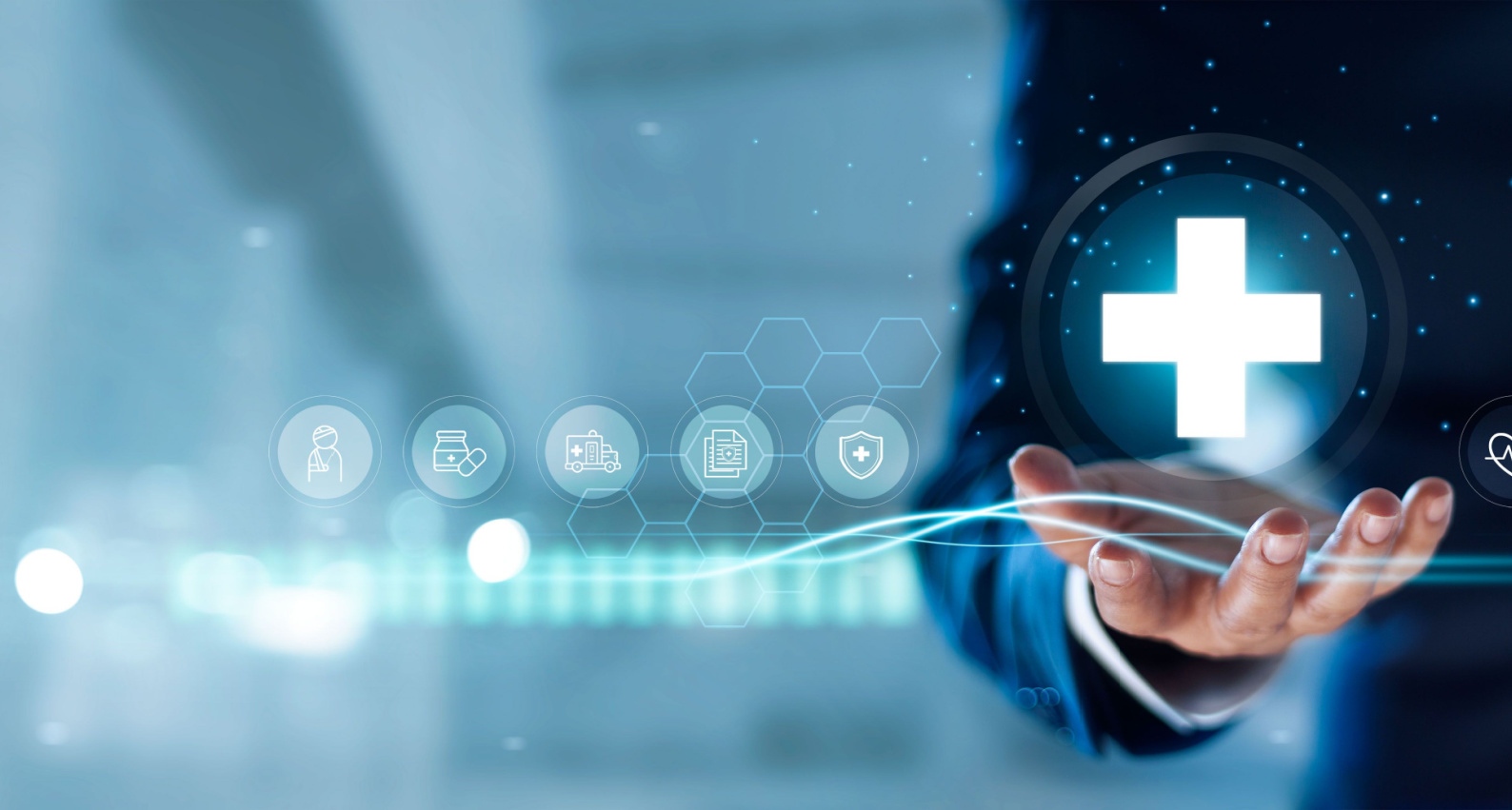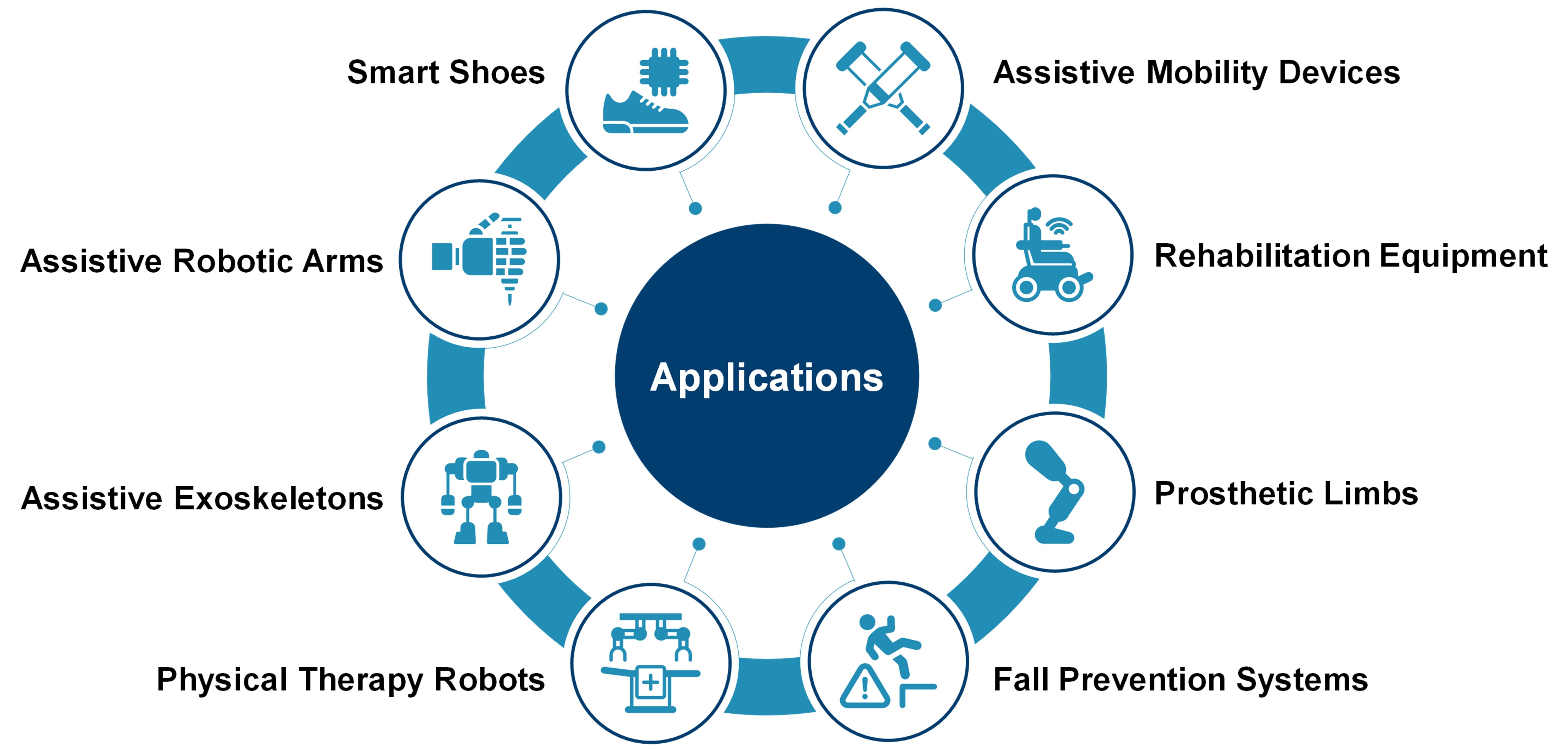Innovating Healthcare with Self-balancing Tech
Published on 06 Oct, 2023

The emerging self-balancing technology has the potential to revolutionize healthcare. When integrated with healthcare, it could enhance patient care by providing stable platforms for medical equipment and healthcare providers. There is potential to develop self-balancing devices that could assist patients with limited mobility, improving their independence and quality of life. By minimizing stability, self-balancing technology has the power to elevate patient care, fostering a safer and more efficient healthcare ecosystem.
In recent years, technological advancements have led to innovations that have disrupted industries for the better. One such technology is self-balancing technology, which is currently applied in scooters. It utilizes AI algorithms to dynamically shift the center of gravity, ensuring an object's balance even under challenging conditions.
This technology has immense potential in the healthcare industry. It can enhance patient care and treatments, especially for physically impaired patients. There is ongoing research to implement this technology in various facets of healthcare.
Healthcare devices
Some ways to apply this technology in currently available devices are:

- Assistive Mobility Devices: Ranging from wheelchairs to scooters, assistive mobility devices are indispensable aids for individuals with mobility impairments. These devices help patients develop a sense of autonomy and independence, allowing them to navigate freely. By integrating auto-balancing technology into the wheels or frames of these devices, users can experience enhanced stability, making it easier to even travel over uneven surfaces or crowded areas.
- Rehabilitation Equipment: For patients recovering from complicated medical conditions or intense injuries, rehabilitation equipment plays a pivotal role. Physiotherapists and doctors use balance boards, parallel bars, and resistance machines to rebuild strength and mobility. With implementation of auto-balancing technology, these devices can adapt to the user's changing needs, ensuring safe and effective rehabilitation exercises.
- Prosthetic Limbs: Many amputees have found new hope with prosthetic limbs, which provide them with newfound mobility and functionality. By incorporating auto-balancing technology within these limbs, users can achieve better balance and stability while performing daily activities, enhancing their quality of life.
- Fall Prevention Systems: Falls are a significant cause of injury, particularly among the elderly and those with balance issues. Wearable devices featuring auto-balancing technology can monitor posture and balance, proactively adjusting the user's center of gravity or issuing alerts when a potential fall is detected, thus mitigating the risk of injury.
- Physical Therapy Robots: In rehabilitation, physical therapy robots have become valuable assets. These robots assist therapists in delivering precise exercises and support to patients. Enhanced auto-balancing capabilities can further refine their assistance, offering controlled movements that aid in the patient's recovery.
- Assistive Exoskeletons: For individuals with mobility impairments, exoskeletons help augment their strength and mobility. The integration of auto-balancing systems into these wearable devices improves user stability during activities such as walking, granting users an increased level of independence.
- Assistive Robotic Arms: Designed to assist patients with limited upper body mobility, robotic arms can benefit greatly from auto-balancing technology. This innovation ensures precise and controlled movements, facilitating daily tasks and improving the user's quality of life.
- Smart Shoes: Integrating self-balancing technology into smart shoes represents a remarkable intersection of healthcare, technology, and wearable devices. This innovation promises to enhance the stability and balance of individuals with mobility challenges, athletes seeking peak performance, and anyone looking to elevate their daily activities.
Therapies and patient care
Self-balancing technology has the potential to significantly improve therapeutic practices and elevate the standard of patient care. One prime example is the integration of self-balancing technology into virtual reality (VR) therapy, where immersive environments facilitate therapeutic experiences. By incorporating auto-balancing technology, VR rehabilitation systems can create interactive simulations that not only challenge patients' balance and coordination but also accelerate their recovery process.
Furthermore, this technology can help design innovative solutions to manage conditions such as Parkinson's disease. Patients dealing with Parkinson's often grapple with maintaining their balance. Wearable devices and shoes equipped with auto-balancing technology offer support in preventing falls and increasing overall stability. Consequently, this technology has the potential to significantly enhance the quality of life for individuals affected by Parkinson's.
In pediatric rehabilitation, the importance of engaging children in exercises that promote motor skill development cannot be overstated. Playful devices and toys with therapeutic features are instrumental in achieving this goal. Incorporating auto-balancing technology into these devices makes the rehabilitation process more engaging and effective for young patients. Beyond healthcare, self-balancing technology can also be a key enabler of the "aging in place" concept, allowing seniors to maintain their independence in the comfort of their homes. By integrating self-balancing technology into smart furniture, such as chairs or beds, it becomes possible to assist the elderly in maintaining their balance during routine activities, thereby contributing to their overall well-being and safety.
Conclusion
The integration of self-balancing technology into various facets of healthcare is poised to revolutionize the medical landscape. From enhancing mobility aids and rehabilitation equipment to improving the quality of life for individuals with disabilities or age-related balance issues, the applications are boundless. As we witness the transformation brought about by the auto-balancing technology, it becomes evident that we are on the cusp of a healthcare revolution that will usher in a new era of medical innovation and improved quality of life for countless individuals.

